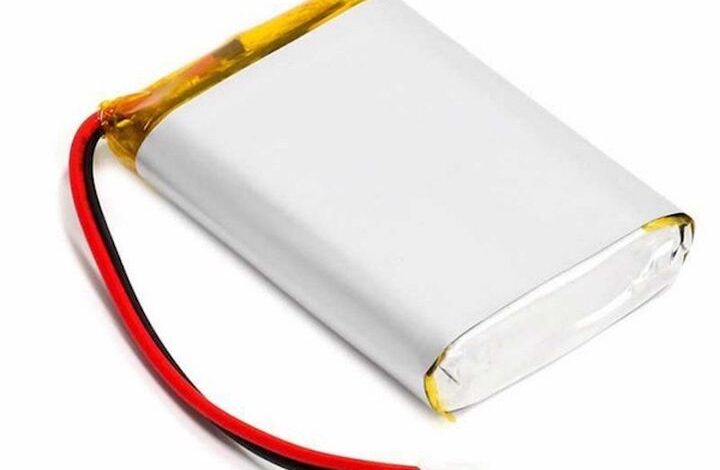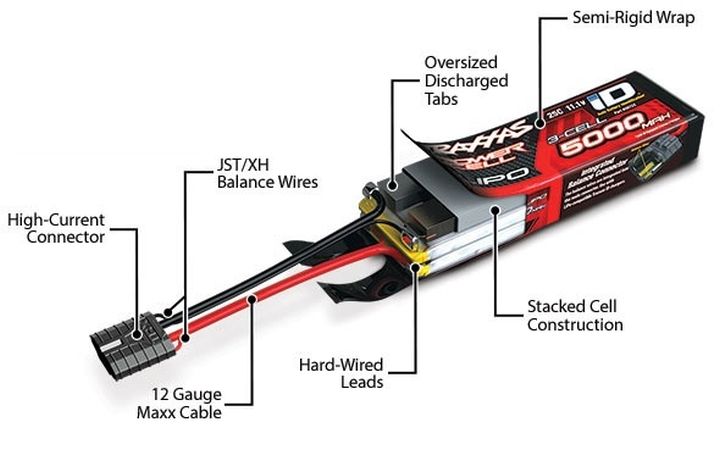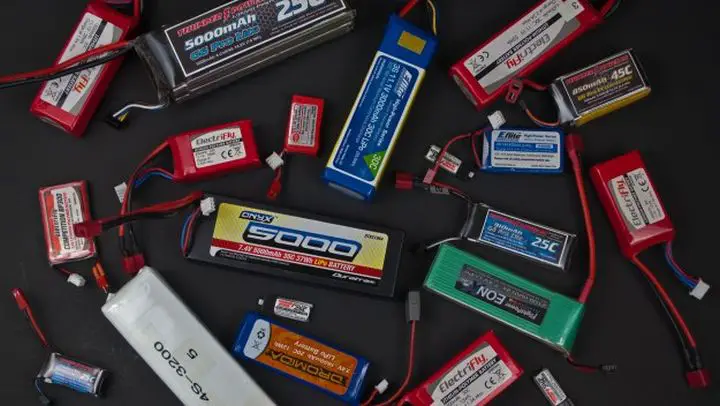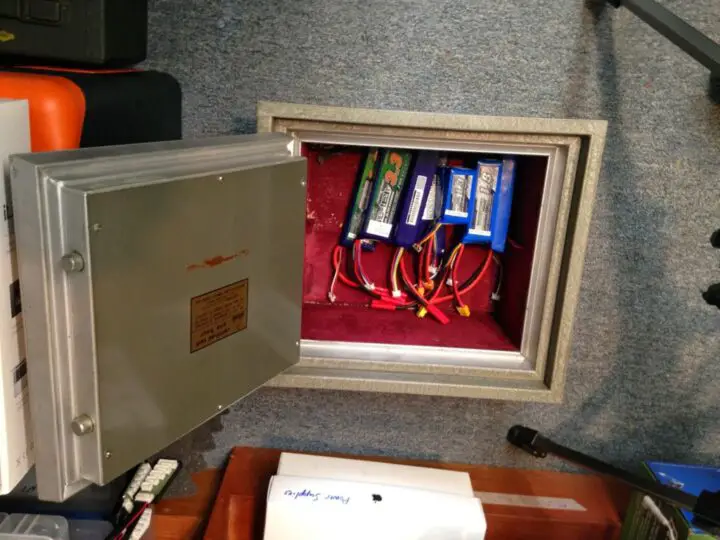What is the Essential Tips for Maximum Life for LiPo Battery?

1. Don’t be afraid of LiPo batteries, but beware
Whether nickel-cadmium, lead, or lithium polymer batteries, they always require the user’s full attention. When properly handled, lipo batteries (lithium polymer) are no more dangerous or harmless than other battery types. Never leave batteries charging unattended, always stay close by. We do not recommend charging batteries at night, only during the day and in the vicinity of an adult. The recycling must always take place according to the guidelines of the municipality. The connecting wires must be insulated so that a short circuit is certainly avoided. You can check Best LiPo Battery Guide large to know more.
2. Choose the correct size

Buy batteries for which the maximum endurance load is specified. The lifespan of a lipo depends very much on the load on it.
Racing drivers who want the last thing out of the battery may not have a problem with the battery becoming unusable after few cycles. The users who do not want to take risks should do the following:
Use only 80% of the usable capacity and do not charge the batteries more than 80% of the allowable current. Therefore, choose a lipo that loads on average up to 50% of its capabilities, so that you do not constantly work at the limit of the battery. In other words, a battery with a capacity of 1000mAh and a maximum current of 20A is best charged up to 800mAh with a current of 16A.
3. Load well & never draw too much
Lipos may only be charged with a specially designated charger. It is therefore best to buy the charger and battery in one package and from a trusted dealer.
In addition, a so-called ‘balancer’ is strongly recommended. In the ideal scenario, you buy a charger with a built-in balancer. Charging is done with the battery in a fireproof ceramic or glass dish to limit the risks of spontaneous combustion. Regarding discharging, controllers with a built-in balancer or a lipo monitor are preferred.
Since lipo batteries have none of the memory effects as the Ni-family is discharged before charging is pointless. Select a charging current as specified by the battery manufacturer. As a result, discharging under load to less than 3.2V per cell is not recommended.

4. Measure the current
Before taking the battery into use, measure the current of your drive set. There are also devices for sale for this. It may sound complicated, but measuring current is very simple. The ammeter is connected to a pole between the battery and the regulator. This way you can immediately see whether the current is in the correct range of the motor and battery. Measuring current is essential to determine the correct propeller for a drive set.
5. Never short circuit
Even a very small short circuit makes a lipo useless, so avoid that the contacts can touch each other! Respect the polarity of your battery. Keep positive and negative well apart, even while charging, make sure you do not invert the polarity.
6. Watch the temperature
A lipo gives its best performance at a temperature between 25-35 ° C. A cold lipo (below 20 ° C) can never develop its full power and a too hot lipo (above 60 ° C) is permanently damaged. Truly efficient cooling is not easy to achieve. Heat dissipation is difficult, the middle cell has to give off its heat to the outer ones that have already warmed themselves. It is therefore not recommended that the jacket temperature of the battery exceeds 50 ° C. This temperature measurement is best done with an infrared thermometer.

7. Do not tinker with your batteries
Do not try to disassemble a battery to make a different number of cells. Do not connect any other balancer plug. The slightest short circuit will destroy all your battery. If necessary, use an adapted adapter cable, which is sometimes included with the battery.
8. Estimate the lifespan correctly
Whether you want it or not, a battery is subject to wear! Although some manufacturers speak of up to 400 charge cycles, the reality looks a little less rosy otherwise.
Whether you handle your battery with care or not, every full charge entails a loss of capacity. This is sometimes not perceived by the consumer, but it is measurable. How strong and how quickly this “loss effect” occurs, depends on many factors. The main causes of premature wear are:
- too high permanent load
- too high end temperature
- discharged too deeply
- short circuits
And lastly, even with the high-quality manufacturing systems, there is still a difference between the cells themselves.
9. The battery is blown, what now?
When one or more cells of the battery are blown up, one of the following has happened with certainty:
- The battery was used with the wrong voltage: too deeply discharged or too highly charged.
- The battery has been overloaded (overheated).
- The battery is still defective after a crash. Lipos that were distorted in crashed models should be carefully stored and observed. Store at least 1 day separately.
- Inflating a battery can be avoided if you always treat it according to the comments quoted.
- It is best to observe an inflated battery by placing it in a fireproof dish or burial in a bucket of sand. That way you have the least fire risk.
10. Correct storage

It goes without saying that batteries that are not being used are removed from the model and stored safely.
Attention: a lipo may not be stored in its fully charged state for longer than 14 days (above 4 volts per cell). For longer storage or during wintering, the voltage per cell should be 3.80-3.95V. The newer chargers have a loading mode “storage loading” for this purpose. In the other case, let the motor of the model run until the battery reaches that voltage.
The remaining capacity in the battery must be between 30 and 60%. For longer storage, the battery should therefore be measured monthly. If the cell voltage is too far apart, you can connect a balancer and recharge it to the correct cell voltage.
